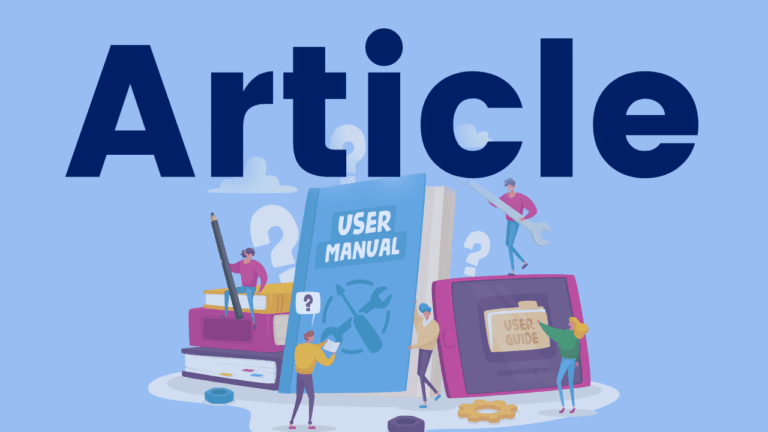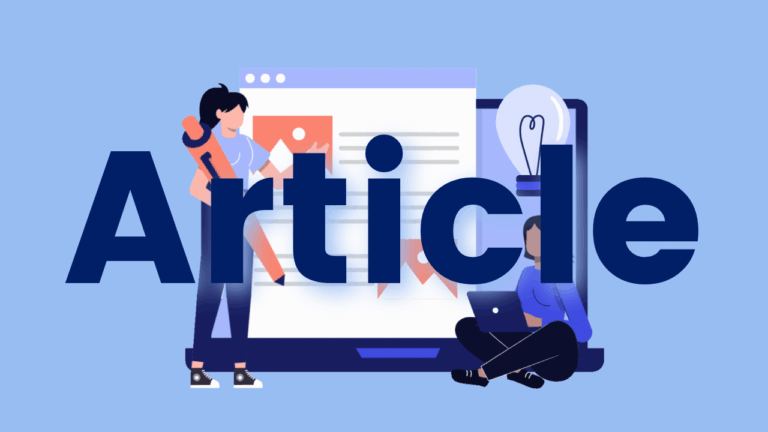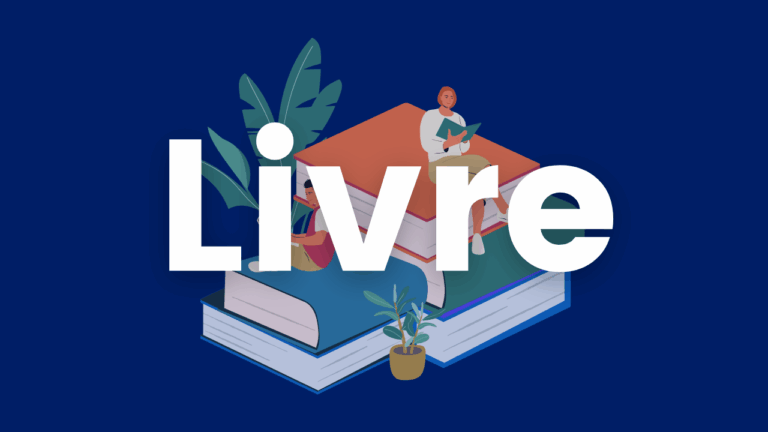10 Maxims What We’ve Learned So Far About How Children Learn to Read
In this Reading Universe document, Reid Lyon summarizes, in plain language, what research has learned about reading development in the last 50 years. This resource will support Educators in professional development with a concise list that includes selective of studies that underlie each maxim.




